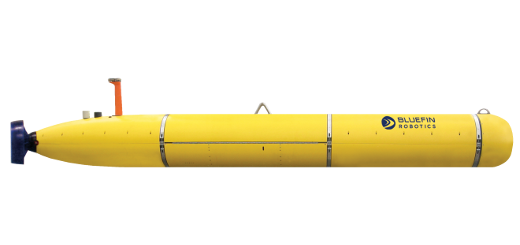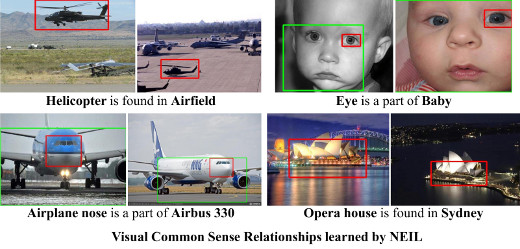Nanosatellites get boost from Grishin Robotics investment
We’re living in an era where low-cost computers, open-source software and crowdfunding have helped democratize the creation and production of robots. Now a new company that comes out of that ethos — its product runs off Arduino boards, it promotes open-source ideology and its origins were on Kickstarter — is trying to do the same for satellite technology.
The company is called NanoSatisfi, and it just received a nice boost to its efforts via a $300,000 investment from Grishin Robotics. The deal was announced yesterday to coincide with the 51st anniversary of the first transatlantic satellite television transmission.
NanoSatisfi says its mission is to give any person in the world access to nanosatellites for around $250 per week. That’s a tiny fraction of what the company says can be millions of dollars in costs (not to mention years of waiting) that researchers are faced with today. NanoSatisfi will provide a Web-platform that gives direct access to the nanosatellites as well as open API for building applications on top of it.
The influx of capital from Grishin Robotics will be used to build new nanosatellites and secure launches for them as well as extend the company’s team of engineers. Two satellites have been built and are scheduled for launch within a few months, but the company would like to at least double that number next year to provide access for more than 25,000 people.
“We are excited about the nanosatellites market, which is gradually becoming a more significant part of the robotics revolution,” Dmitry Grishin, founder of Grishin Robotics, said in a statement. “The same trends are transforming both industries. The price and barriers to entry, which are necessary to surmount in order to work with ‘robots in space,’ are becoming lower every day. NanoSatisfi disrupts and truly democratizes the space industry, making it much more accessible to a wider audience than ever before. The number of launched satellites is projected to nearly double in 2020 in comparison to 2013 and the company is very well positioned to become a leader of this emerging market.”
The company compares older satellites to mainframes and nanosatellites to personal computers that are smaller, faster and cheaper to build. It says the computational power of the first NanoSatisfi satellite in space will be about 1000 times greater than that of the Voyager 1 spacecraft, which was launched in 1977. In the future, the company envisions a constellation of nanosatellites aiding with weather prediction, precision agriculture, disaster management and a wide variety of other applications.
In addition to building satellites, the company is also interested in education. NanoSatisfi hosts a summer program aimed at people interested in space and related applications, and it says the initial users of its technology will include educational organizations, which will use nanosatellites as a tool to inspire interest in STEM-disciplines.
You can read more about the company at its official website here: NanoSatisfi
[ photo courtesy of Grishin Robotics ]



